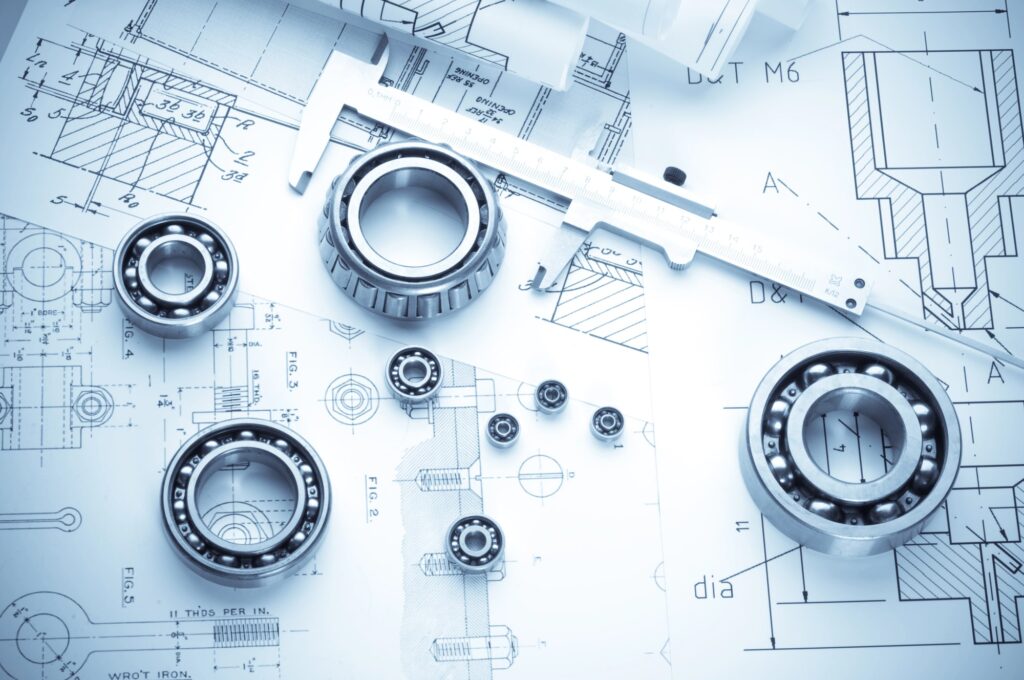This post reviews the ambitious renovation of Manhattan’s iconic Flatiron Building as it is converted from commercial offices into thirty-eight private residences. It summarizes Studio Sofield’s interior design approach and how the project preserves the building’s historic façade. The text also highlights the practical and aesthetic decisions that reconcile a narrow, triangular footprint with contemporary apartment living.
Respecting a landmark: façade preservation and historical cues
The Flatiron conversion is notable for its fidelity to the building’s exterior character. The rehabilitation retains the original terra-cotta, limestone, and brick façade, ensuring the building continues to read as a historic artifact on the streetscape.
The interiors are entirely reimagined.
Design language rooted in early twentieth-century materials
Studio Sofield’s interiors draw from the building’s material history. Plaster, stone, and metal are used to create a calm, contemporary palette that still references the Flatiron’s origins.
William Sofield and his team introduce these materials in restrained compositions. Each apartment feels both modern and anchored to its context.
Book Your Dream Vacation Today
Flights | Hotels | Vacation Rentals | Rental Cars | Experiences
Preserving masonry and ornamental detailing while inserting modern systems and finishes demands rigorous coordination among preservationists, engineers, and designers.
Making a distinctive plan from an unconventional footprint
The Flatiron’s triangular plan and narrow bays present both constraints and opportunities. Rather than fight the geometry, the design embraces it.
The southern tip’s curved form creates a natural hierarchy of spaces that gradually widen into living areas. This produces intimate transitions and strong visual moments.
Layouts, daylighting, and circulation shaped by the façade
Apartment circulation follows the building’s angled exterior walls so that primary rooms align with restored window bays. This strategy capitalizes on the Flatiron’s signature arched windows.
Generous daylight reaches deep into each unit and frames shifting views of Fifth Avenue and Madison Square Park.
- Open, light-filled interiors: Renderings show living spaces oriented to the arched windows for optimal view and daylight.
- Proportion-driven spaces: The southern tip’s curvature yields living rooms that expand naturally, emphasizing restraint in scale.
- Material continuity: Plaster, stone, and metal tie the interiors back to the building’s historic identity.
Heritage details informing modern craft
During the renovation, historic ironwork, railings, and mosaics were uncovered and studied. The project team used these discoveries to inform new details throughout the interiors.
This approach—letting revealed artifacts guide contemporary reinterpretation—creates authenticity rather than pastiche.
Integrating modern systems without erasing history
Converting offices to residences in a landmark envelope requires careful insertion of mechanical, electrical, and plumbing systems. Modern comfort and code compliance should not compromise historic fabric.
Thoughtful routing and acoustic separation are essential. Discreet mechanical enclosures help preserve both performance and aesthetics.
Here is the source article for this story: take a first look inside the upcoming residences of NYC’s renovated flatiron building
Book Your Dream Vacation Today
Flights | Hotels | Vacation Rentals | Rental Cars | Experiences

